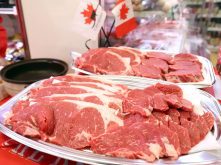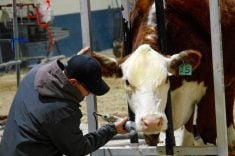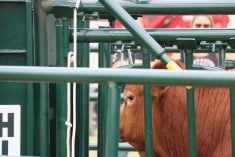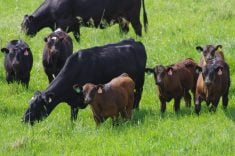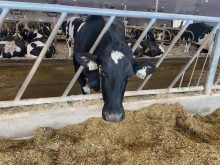There’s no pillar of animal welfare more important than freedom from hunger and thirst; in other words, lots of nutritious feed and good quality water.
When it comes to water, quality is important, but so is having adequate quantity available to animals.
In nutrient analysis, a shortage of water is the most critical thing and consequences develop fast. Dehydration and death are the obvious results, but performance growth and increased disease incidence can also occur and are often silent robbers of profit.
Read Also
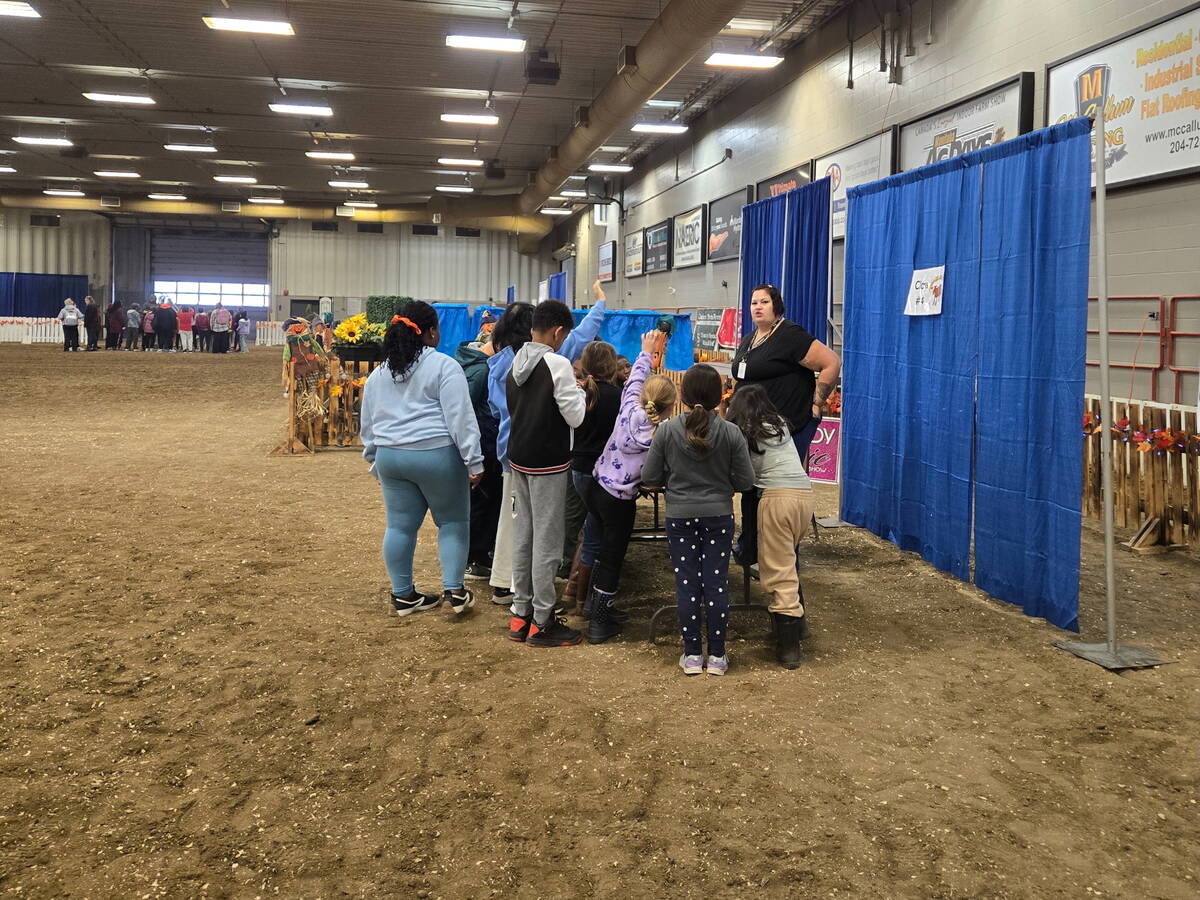
Hands-on with agriculture draws students to AG EX
Urban students flock to MooMania and EweMania at Manitoba AG EX 2025 to get a taste of cattle and sheep production and where their food comes from
We often take water for granted but demand for water is growing due to climate change, higher temperatures in certain locations for longer periods, less rainfall and bigger animals.
As herds increase in size, the challenge gets larger. Water must be more accessible in multiple spots to meet demand. We have all seen long lineups, such as on calving grounds at certain times of the day.
There’s a lot of good research on watering systems, covering everything from measuring output and getting the size right to ensuring that no waterer runs dry if demand is high. Designing systems for western Canadian conditions can be challenging. They can’t freeze in winter and they must also have much larger output on hot summer days.
Type of feed is also a critical factor in providing adequate water. For example, many producers rely on silage as a main ration component. With water content at roughly 50 per cent, it’s a far cry from dry hay, which is commonly below 15 per cent moisture. A lush pasture can approach 85 per cent moisture, but that drops as the grass ripens in late summer and fall.
The point is that moisture content in feed really varies, so one must always have additional capacity built into the watering system. We need to measure or calculate how much water is needed to make sure it gets to the cattle.
The next important step is making sure cattle can access this water. Ruminants need lots of water for digestion and that need increases on hot days. If cattle are waiting a long time to drink, gains will be affected and health consequences will occur.
There is good research on how much space is required in a watering bowl to provide adequate water, as well as output and water line pressure.
Large watering tires, as an example, have lots of linear inches and huge capacity. The question is whether the water gets too hot in summer and deters consumption. Likewise, poor quality water with high total dissolved solids can suppress water intake.
The capacity of a watering system will be taxed on the hottest summer days in a feedlot pen with big cattle, many of which have black hides. This is where we need water capacity and access to handle extremes in consumption.
Waiting for water when demand grows can lead to pecking order problems, bunting injuries and lameness, all from shoving. That and stress from not enough water are bound to lower efficiency and have some effect on disease, morbidity or mortality.
Issues of inadequate nutrition, whether it is protein, energy, minerals or water, are all tied together and water availability can sometimes be the easiest problem to fix. But in our northern climates, the biggest issue is always frozen watering facilities in winter. That becomes a dire emergency, as is inadequate water on a hot summer day. Dehydration, hyperthermia and death can occur quickly on a hot summer day.
Fortunately, there is generally good quality water and lots of it. We just need to get it to the cattle. There’s plenty of information about water quality and weight gain improvement if using a trough versus a dugout. That led to many of the portable solar pump systems we see today.
Clean, healthy water and ensuring there’s lots of it is a topic that never gets stale for those involved in livestock production.





